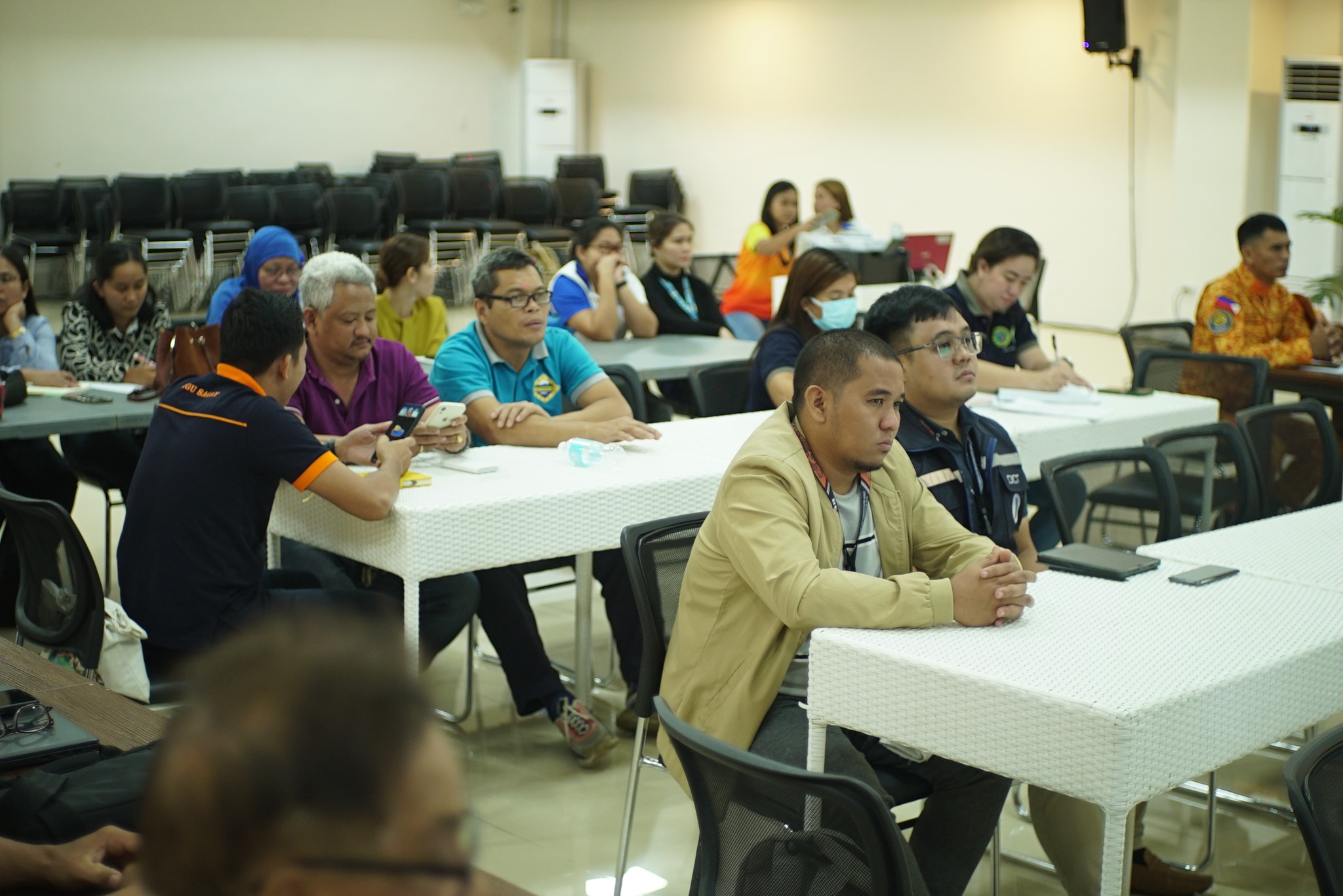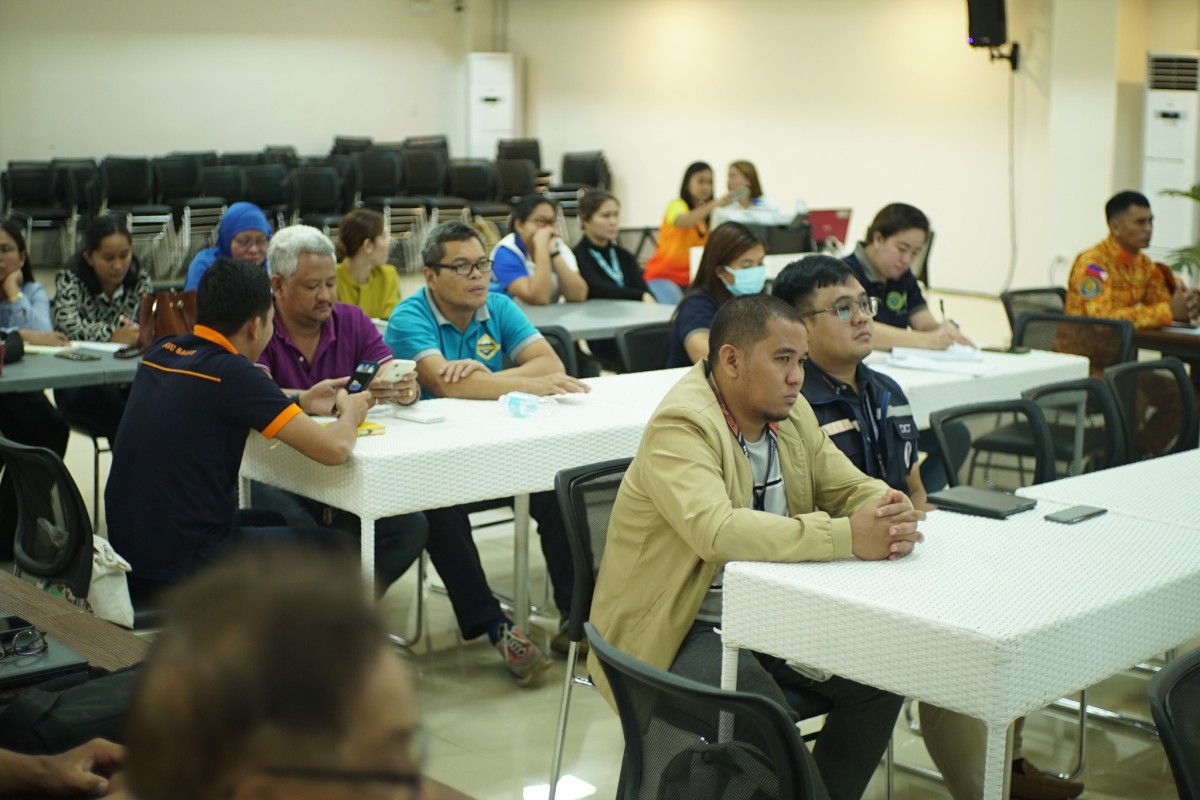MAMBAJAO, Camiguin (PIA)--Mindful of its history of volcanic eruptions, the Local Government of Camiguin has taken proactive measures to ensure the safety and well-being of its residents by conducting the Presentation of the Consolidation Data of the Draft Contingency Plan for Volcanic Eruption at the New Capitol Building, Mambajao, September 13.
Camiguin, often referred to as the "Island Born of Fire," has witnessed five volcanic eruptions over the past decades. The most devastating of these eruptions occurred in December 1951, resulting in more than 500 deaths and extensive damage to properties and structures. Given the presence of an active volcano, Hibok-Hibok, within the province, the threat of volcanic eruption remains a significant concern.
The new Contingency Plan for Volcanic Eruption aims to address this concern comprehensively. Key components of the plan include developing evacuation routes, establishing safe zones, and implementing early warning systems to minimize casualties and injuries in the event of an eruption, says Mambajao Disaster Risk Reduction and Management Officer Raquel Ranara.
The plan also incorporates existing mitigating measures, such as the strict implementation of the land use plan, adherence to the approved tourism development guidelines, and continuous information and education campaigns conducted by both national and local governments.
Additionally, the province has enforced a 3-kilometer danger zone ordinance and maintains a monitoring network in collaboration with the Philippine Institute of Volcanology and Seismology (PHIVOLCS).
Also, there are eight seismic monitoring stations in the province, which are situated in Guinsiliban, Mahinog, Magting, Mambajao, Payahan, Mambajao, Tagdo, Mambajao (upper slope), Mainit, Catarman, Bonbon, Catarman, and Bacnit, Sagay, Ranara added.
The contingency plan further aims to: 1) provide information, education, and communication (IEC) and early warning devices; 2) ensure an effective, timely, gender-sensitive, inclusive, well-coordinated, and multi-sectoral response mechanism; 3) reduce the percentage of casualties and property damage;
4) enhance the capacities and capabilities of emergency response resources; 5) establish effective coordination and communication among various stakeholders; 6) provide immediate and appropriate assistance to the affected municipalities; 7) identify and address gaps and challenges in responding to volcanic eruption emergencies.
To achieve these objectives, Ranara said the plan outlines response clusters, each responsible for specific aspects of disaster management, including search, rescue, and retrieval; camp coordination and camp management; food and non-food items; education; health; logistics; law and order; management of the deceased and missing; emergency telecommunication; debris clearing operations; shelter; and early recovery.
Each response cluster is tasked with formulating a detailed cluster implementation plan, specifying roles and responsibilities, response activities, resource inventories, resource projections, and resource gap summaries.
The development of this comprehensive contingency plan for volcanic eruptions reflects Camiguin's commitment to safeguarding its residents and ensuring their resilience in the face of potential volcanic hazards. It is a testament to the proactive approach taken by the province to protect lives and properties and enhance disaster preparedness and response. (RTP/PIA-10/Camiguin)




